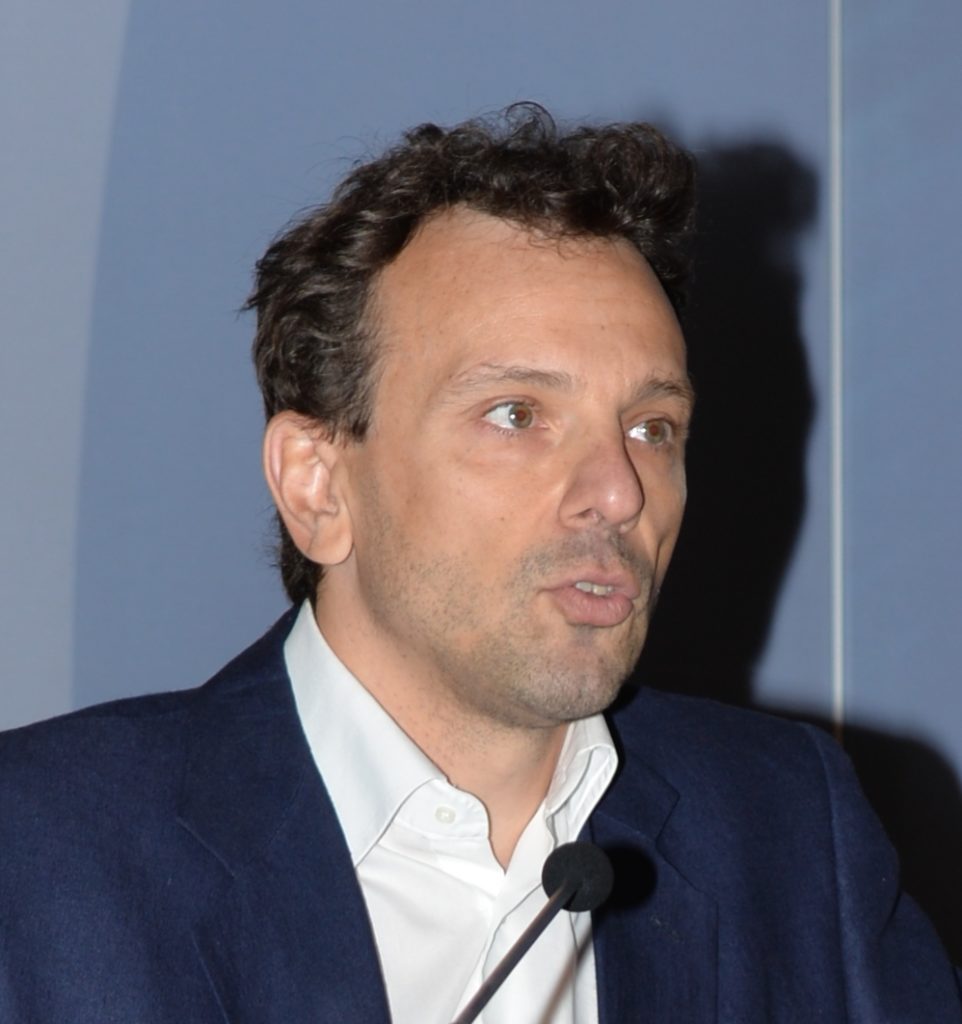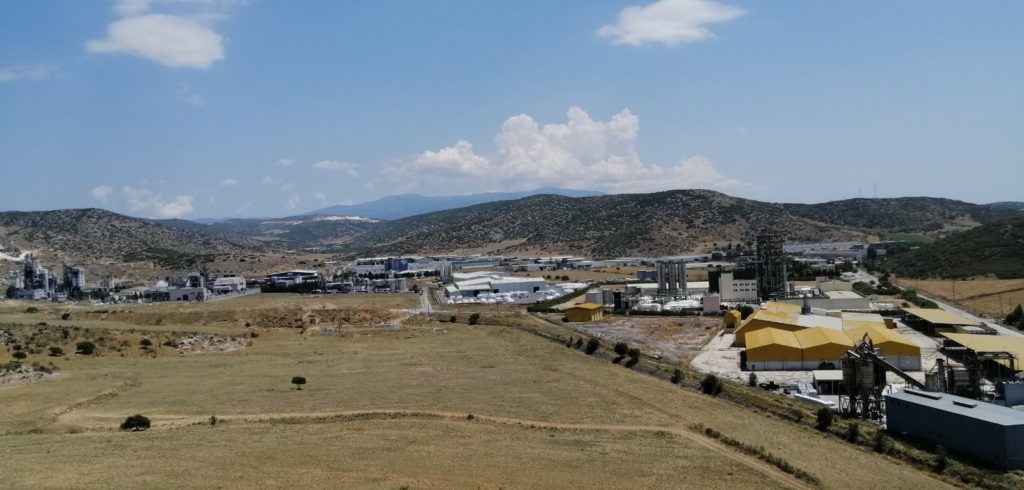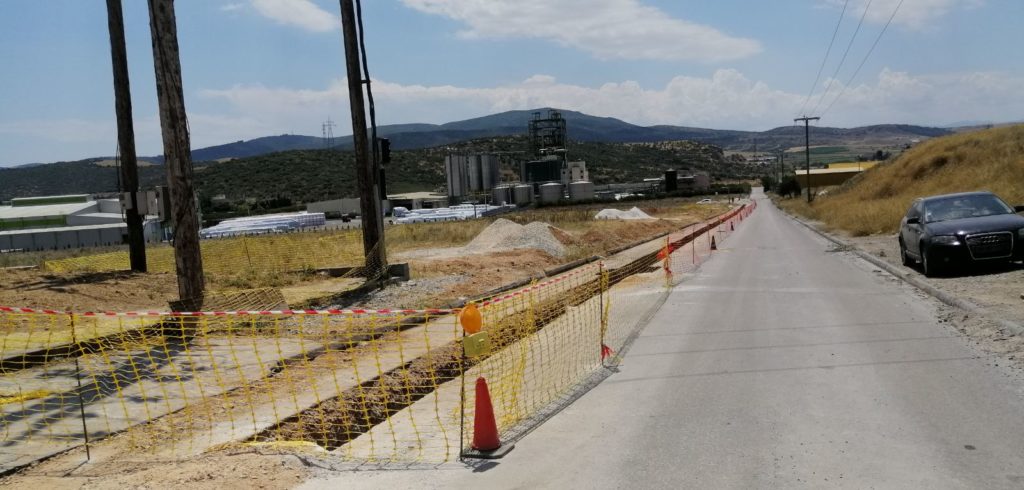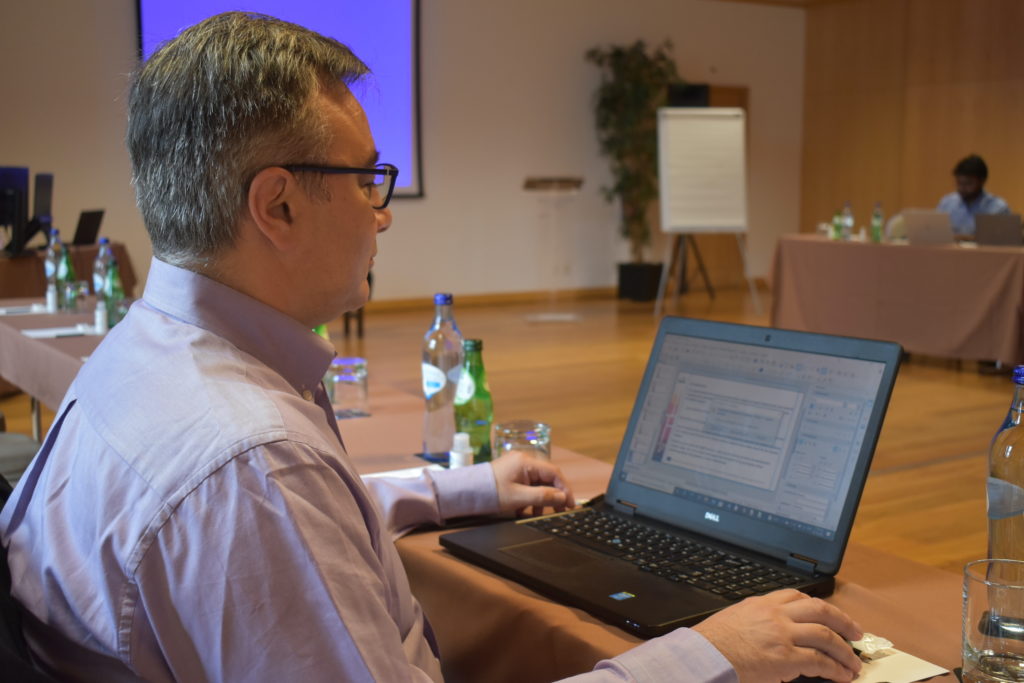An industrial park on the east coast of Greece could one day be using industrial waste hot water for energy and exporting excess heat to a neighbouring town. Simulations from the EMB3Rs platform are about to reveal how.
While industrial waste hot water is a little-used source of energy today, this highly valuable resource can be recovered from many manufacturing processes to reduce a factory’s carbon dioxide emissions and power costs while increasing energy efficiency. To this end, the heat from wastewater can be extracted using heat exchangers and then transferred from the producer to the consumer via an underground district heating network.
With this in mind, researchers from the Greece-based Centre for Renewable Energy Sources and Energy Saving (CRES) are working on a case study that is looking at the feasibility of such a heat exchange and district heating system within an industrial park in Greece. Project partners include the Institute of Science and Innovation in Mechanical and Industrial Engineering (INEGI) at the University of Porto, Portugal, Austria-based non-profit research institution, e-think, German independent think tank, adelphi, as well as Greece-based industry investment consultancy, ETVA VIPE. And critically, as part of their investigations, the team wants to work out exactly how well the EMB3Rs platform can model such a set-up.

Back in 2019, the CRES researchers, led by Aristotelis Botzios-Valaskakis and Georgios Goumas, set out to find the most suitable industrial park in Greece for the project. The nation has around 20 industrial parks, and as Botzios-Valaskakis highlights, size was a critical factor. “We didn’t want something too big with many industries as this would increase the complexity of the project,” he says. “But we needed a park with enough interested businesses.”
The researchers also faced a key challenge – industry fatigue. “I have to confess that industries such as these can be tough customers and it isn’t always easy for them to provide information,” he adds. “Many of the Greece’s industries are small to mid-size enterprises that are managed by manufacturing engineers who already have many responsibilities – energy efficiency can be quite low down on their list of priorities.”
Still, despite the reticence, energy efficiency remains a topic that needs to be looked at, especially given growing demand from the public for energy efficient and sustainable industries.
Following collaboration with ETVA VIPE, the researchers decided on the Volos Industrial Park, sited in the eastern coastal port city of Volos, some 330 km from Athens. The Park is home to 50 businesses spanning a broad range of industries from aluminium fabrication and cement manufacturing to fish processing, and iron and steel production. Importantly, just 5 km from the industrial park lies the small town of Agios Georgios, home to around 200 houses that could all benefit from waste heat as a source of energy.

Gathering data
In a first step, ETVA VIPE contacted all industries at the Volos Industrial Park, informing them of the project. According to Botzios-Valaskakis and Goumas, 20% of the industries agreed to take part; these businesses cannot be named but are working in iron and steel production, biomass electricity generation, plastic polymerization, limestone processing, as well as the food processing industry and biofuel sector.
With the interested parties identified, the CRES researchers quickly sent out questionnaires to these industries, to gather the all-important data. “We asked questions about the heating and cooling demands of [the businesses], what types of equipment they had, and of course, if they had any waste heat,” says Botzios-Valaskakis. “We really needed a lot of detail on the operational profiles of the industry on a daily, weekly, monthly and annual basis.”
As he and Goumas point out, initial feedback from the questionnaires was ‘lukewarm’ but they were able to glean more information in follow-up teleconferences. “The Covid-19 pandemic hit and we couldn’t visit any industries, so we had to compromise with the teleconferences,” explains Botzios-Valaskakis. “Data is valuable and you do get more detail from personal visits but the teleconferences served their purpose.”
Final information included the temperature of the flue gas as it was released to the atmosphere from the production plant’s furnaces, boilers or steam generators, the use of hot water and steam, and if additional water was used to replenish supplies. The researchers discovered that significant waste heat, from wastewater, was generated by the biomass electricity generation plant, with additional sources coming from the iron and steel works, and both the limestone and polymer polymerisation plants. At the same time, the cheese, packaging, sterilization, fish food, vegetable oil and biofuels factories were heat-sinks and could consume another industry’s excess heat.
Botzios-Valaskakis also describes how they discovered that many of the heat-sink industries rely on steam from steam boilers, distributed through on-site piping systems, to heat water for various processes. While the use of steam in this way will limit how much waste heat these industries may demand, initial calculations indicate that if you factor in the heat requirements from the town of Agio Georgios, then all excess heat will be used.
Clearly these analyses spell good news, and as Botzios-Valaskakis adds: “Partners have also suggested that we could build a district heating network that uses thermal oil – this could drive steam generators [for the necessary heat-sink industries].”
“This would be a very innovative step, may not be cheap and the environmental licensing would be more challenging as thermal oil is a potential soil pollutant. But it is an option that we’re examining,” he says.

Promising simulations
In October this year, simulations on the EMB3Rs platform, using data from the Volos case study, started, and so far, results are very promising. As Goumas highlights: “We have good results about the integration of our data so now the next step is to wait for the final simulation results.”
Key analyses will include the economic feasibility including potential costs of the heat-exchange system and investment payback period. Both Goumas and Botzios-Valaskakis are keen to learn about the potential financial benefits to the Volos Park industries – as well as the heat storage requirements to balance differences in heat supply and demand between the businesses.
“It could also be great to see a preliminary [district heating] network design so we can get an idea of the size of the piping and works that would need to be carried out,” adds Botzios-Valaskakis. “We’d also like an idea what kinds of government subsidies we may require.”
Indeed, with simulation results in hand, the CRES researchers will be able to request funding for a pilot project from as part of the European Union’s call for structural funds. “These funds are supplied from 2021 to 2027 but there is often a two-year lag – so if we received preliminary results by the end of this year, we’ll be able to approach our Greek Ministry and ask them to allocate the money,” says Botzios-Valaskakis.
The impact of the Volos Industrial Park and Agios Geogios could be profound. For starters, Volos industries would use the waste heat to cut costs and carbon emissions while boosting energy efficiencies. Meanwhile the nearby town could reduce its reliance on the diesel used to generate power for its households.
“We do realise that the town is some 5km away, and this will add to the expense of the project, but it will also create synergies between the town and industry,” says Botzios-Valaskakis. “Importantly, the project will also create synergies between the industries on Volos Park that don’t really communicate right now – promoting this spirit of working and searching for solutions together would be a huge benefit for everyone.”
